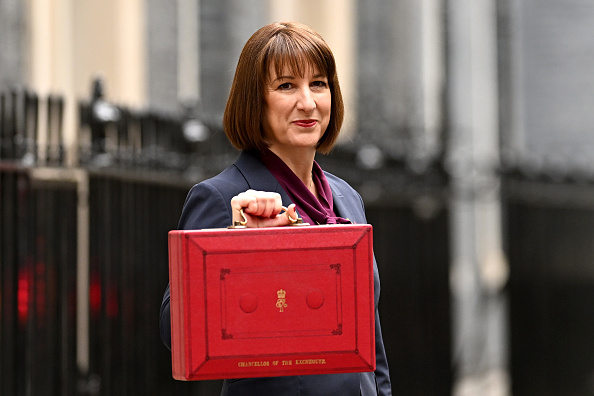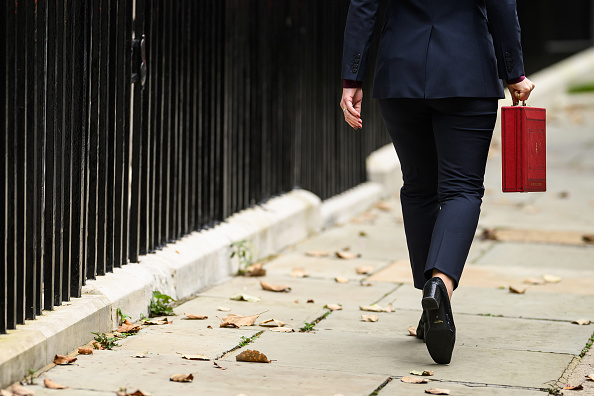The building trades maintain their position as the leading source of self-employment in the UK, counting for almost a million businesses. AXA’s latest figures reveal they are still the best choice for a solid and growing income, but questions why numbers of women in the trades remain miniscule.
The survey finds that in 2016 a tradesman’s take-home pay was typically 15 per cent higher than that of a self-employed professional, and 37 per cent above that in the retail or services industries. Startup tradesmen turn a profit fastest too – within the first three months on average. Three quarters (71 per cent) of tradesmen go full-time within a year, compared to 55 per cent of professionals.
Construction poses an opportunity for women
With such good prospects, the study questioned why so few women are taking up the tools of the trade. According to AXA’s customer data, just 5.2 per cent are women, far fewer than the one in ten commonly quoted. And, for the record, women account for just 1.8 per cent of ‘white van’ drivers on the roads today.
Gardening is the first UK trade to see a significant number of women: AXA’s figures show a 27 per cent representation among business owners. The five ‘men’s jobs’ that are most in need of female recruits are: stonemason, heating engineer, plasterer, electrician and plumber.
Despite the low numbers, those pioneering women who have entered the building trades are having a busy and prosperous time.
Average take-home pay for a tradeswoman is £1,660 (compared to £1,030 across professional, retail and service sectors working the same hours).
Two thirds say they are confident they will see business growth in 2017 (compared to 42 per cent average), and nine in ten rate their business as a success.
Average hours worked by a tradeswoman is 41 per week, compared to the average of 32 hours per week for all other sectors.
Longer hours worked outside the home may make the trades less attractive for younger women who are juggling childcare with their work. Another reason put forward is that the traditional routes into the trades are outside the education system – through apprenticeships, on the job training, or businesses passed from father to son (ten per cent of tradespeople inherited their firms).
‘This means the trades are rarely promoted to girls when they are making their career choices, even though training to be a plumber or electrician could be as good – if not a better – option than university for many’, says Darrell Sansom, managing director, AXA Business Insurance.
‘There is also the stubborn persistence of the ‘cowboy builder’ headline in the media which is rarely balanced by the many positive stories of decent tradespeople that we see. Seventy-two per cent of women surveyed last year said they thought the ‘cowboy’ stereotype was true of tradespeople. There is definitely an image problem there, and it is deeply unfair.’
‘There is an economic side to this too, which is every bit as important as getting more women onto FTSE 100 boards. The government pledged a million new homes and £500 billion investment in infrastructure projects by 2020 – that’s a huge part of our economic life for women to miss out on. It is hoped there will be more encouragement for small firms, led by both men and women, to benefit from these opportunities.’





